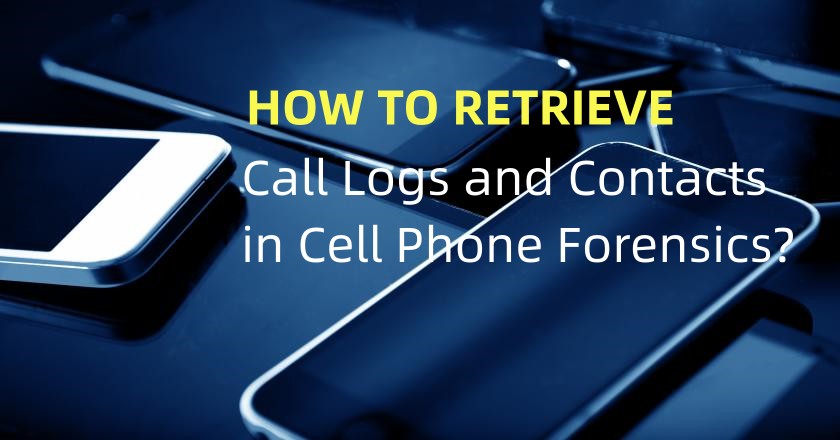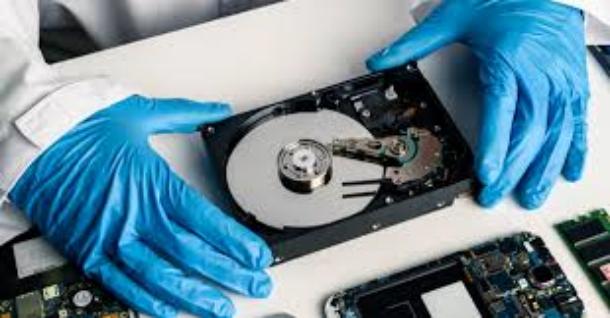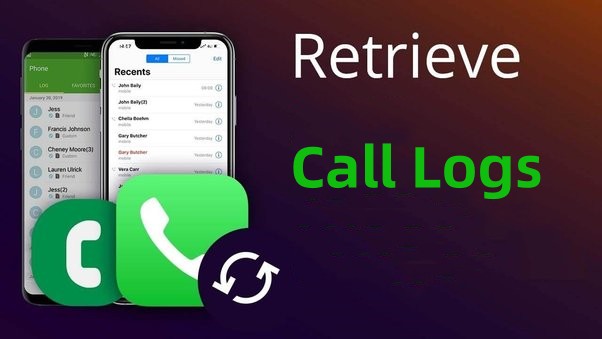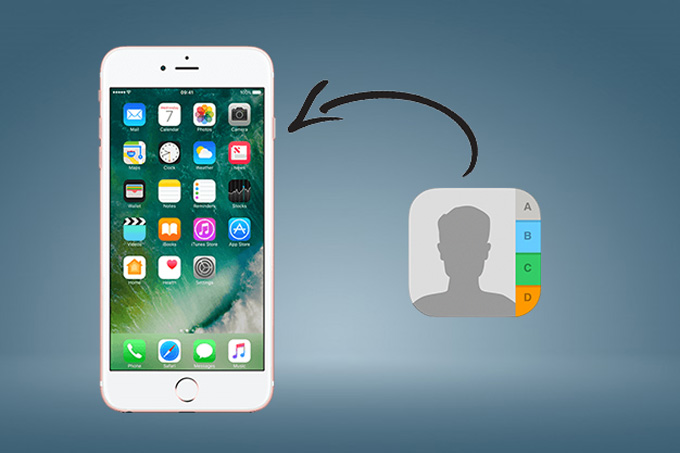Cell phone forensics is an important part of legal cases these days because it can provide a lot of information that can be crucial in court. This area of digital forensics looks at and rates mobile devices scientifically in order to get back digital proof in a way that is legal and moral. As our reliance on smartphones grows, so does the need to learn these investigative methods to make sure that the data that is recovered is correct and useful. The goal of this article is to make it easier for people to get call logs and contacts from mobile devices, which are important parts of many investigations. By the end, readers will have a full understanding of the tools and methods used in cell phone forensics. This will give them the skills they need to do these jobs well at work.
How to Retrieve Call Logs and Contacts in Cell Phone Forensics?

-
Content
- Section 1: Preparing for Forensic Data Retrieval
- Section 2: Step-by-Step Guide to Retrieving Call Logs
- Section 3: Step-by-Step Guide to Retrieving Contacts
- Section 4: Addressing Challenges in Data Retrieval
- Conclusion
-
Content
- Section 1: Preparing for Forensic Data Retrieval
- Section 2: Step-by-Step Guide to Retrieving Call Logs
- Section 3: Step-by-Step Guide to Retrieving Contacts
- Section 4: Addressing Challenges in Data Retrieval
- Conclusion
Section 1: Preparing for Forensic Data Retrieval
1. Legal and Ethical Considerations in Cell Phone Forensics
In the domain of cell phone forensics, respecting legal and ethical standards is paramount:
- Legal Authorization: Get the legal rights you need, like orders, to make sure the forensic process is legal.
- Chain of Custody: Keep a very careful record of who has access to the device and when. This will protect the evidence’s accuracy.
- Data Integrity: Preserve the original state of the data, ensuring that no alterations occur during the forensic examination.
2. Initial Handling of the Mobile Device
Correct initial handling of the device is crucial for successful data retrieval:
- Network Isolation: Cut off the device from all network links right away to stop influence or data abuse from afar.
- Physical Protection: Put the device in an anti-static bag to keep it safe from electrical harm and to keep the data safe.
- Documentation:To make sure the forensic investigation is clear and accurate, write down everything that happens from the time the device is received, including what was done and what was seen.
These organized steps are meant to make sure that the investigation meets the highest standards of investigative inspection. They lay the groundwork for getting data from a cell phone in an effective and moral way.
Section 2: Step-by-Step Guide to Retrieving Call Logs
1. Connecting the Device
- Setting up a good link between a mobile device and surveillance software is the first step in getting call logs from that device.
- The most common way is to use a USB cord to make a direct connection, which is also the most effective.
- Before moving on, it’s important to make sure the connection is stable and safe.
- This usually means checking to see if the data flow stops and making sure that the device’s connection settings don’t change or restart themselves without warning.
- During the link phase, secure settings and tools, like a specializedinvestigative computer, should be used to stop any possible security leaks.
2. Data Extraction Process
- After setting up a safe link, the next step is to start extracting the call logs. First, choose the right profile or settings in the investigative tools that are right for the make and type of the phone.
- Forensic tools like SPF Pro and Magnet Axiom are often used for this because they are strong and can work with a wide range of devices.
- To move around the tool’s interface, you have to choose the “call logs” part and start the extraction process, which makes sure that all the data is returned correctly.
3. Verification and Analysis
- Verification of the integrity and completeness of digital evidence is a cornerstone of mobile forensics.
- Producing a DFIR report (Digital Forensics and Incident Response) is crucial in this phase. This report lists the results and methods used during the forensic process.
- It gives a very thorough account that can be very useful in legal and criminal situations. These kinds of papers make sure that everything is clear and meets the standards needed for legal review.
- This organised way of getting call logs not only makes sure that the proof is treated properly, but it also makes sure that it can be used in any court setting.
Section 3: Step-by-Step Guide to Retrieving Contacts
1. Accessing the Contacts Database
- Accessing the contacts database is the first step in recovering contacts from a mobile device. Typically, this database is kept in a designated spot within the file system of the device, most often in the internal storage or a locked app data folder.
- Forensic experts employ programmes like BlackLight or MSAB, which can securely and efficiently browse the device’s file structure, to find the location of contacts.
- Once the contact information has been identified, these technologies also make it easier to access and remove it, guaranteeing that the operation complies with forensic guidelines without modifying the original data.
2. Data Extraction and Verification
- The following step is to retrieve contact data from the contacts database after access has been granted.This is a crucial step where the forensic programme must carefully and corrupt-free extract every contact input.
- Verification is necessary after data extraction. In order to make sure no entries are missing or have been changed, this involves verifying that all retrieved contact data is valid and full by comparing it to the device’s original database.
- Methods such as checksum verification are often used to verify the accuracy of the data.
3. Analysis and Utilization
- The last step is to look at the gathered contact information and figure out how to use it. At this stage, the contacts are carefully looked over to find possible connections or trends that are important to the probe.
- Forensic investigators might look for numbers that are called a lot, contacts that have specific notes attached to them, or timestamps that match up with other events that are being investigated.
- Adding this information to the investigation as a whole can give important new information that helps build a fuller picture of the case.
- Using tools that can cross-reference data from other digital sources (digital forensic companies often provide such capabilities) enhances the investigative process, leading to more informed conclusions.
Section 4: Addressing Challenges in Data Retrieval
1. Common Issues in Mobile Forensics
In the realm of cell phone or smartphone forensics, encountering various challenges is a standard part of the process. A significant concern often expressed by those needing immediate services is the accessibility of cell phone forensics near me. This proximity can be crucial for timely investigations. Additionally, concerns about how much does cell phone forensics cost are common, as clients seek to understand budgetary requirements for forensic services. These financial and geographical considerations are pivotal in the planning and execution of forensic investigations.
2. Troubleshooting and Solutions
Analysts use a wide range of complex methods, each one designed to solve a specific problem, in order to deal with the many problems that come up in cell phone forensics. Getting rid of encryption problems is a common issue. Mobile forensic tools that can decode encrypted data are very important, but only if the forensic team has the right legal permissions. This could mean taking advantage of known flaws in software or getting passcodes through legal routes, which lets people get to protected data.
When forensic teams face physically damaged devices, a range of hardware repair techniques or advanced forensic methods may be employed to make the device operational enough to extract data. In scenarios where the device is irreparably damaged, specialized services such as those provided by cell phone forensics services near me are invaluable. This strategy method not only makes sure that investigations go smoothly, but it also helps keep the process honest, which increases the chances of finding useful digital proof, which is a key part of winning in court.
Conclusion
This piece explained how to do cell phone forensics in a structured way, focusing on the important steps needed to get back call logs and contacts and the problems that are common in the field. Each step is important for the success and purity of forensic investigations, from getting the right legal permissions and treating devices correctly to using complex methods to get data out and make sure it is correct.
If we look to the future, the trends in mobile investigations show that technology will get even better. The people who work in forensics will keep making new, more advanced tools and ways to keep up. Mobile phones are getting more involved and have better safety features, such as advanced encryption. In digital forensics, AI and machine learning are also likely to be important parts of automating and improving data analysis processes. This will make them faster and more accurate than ever.




